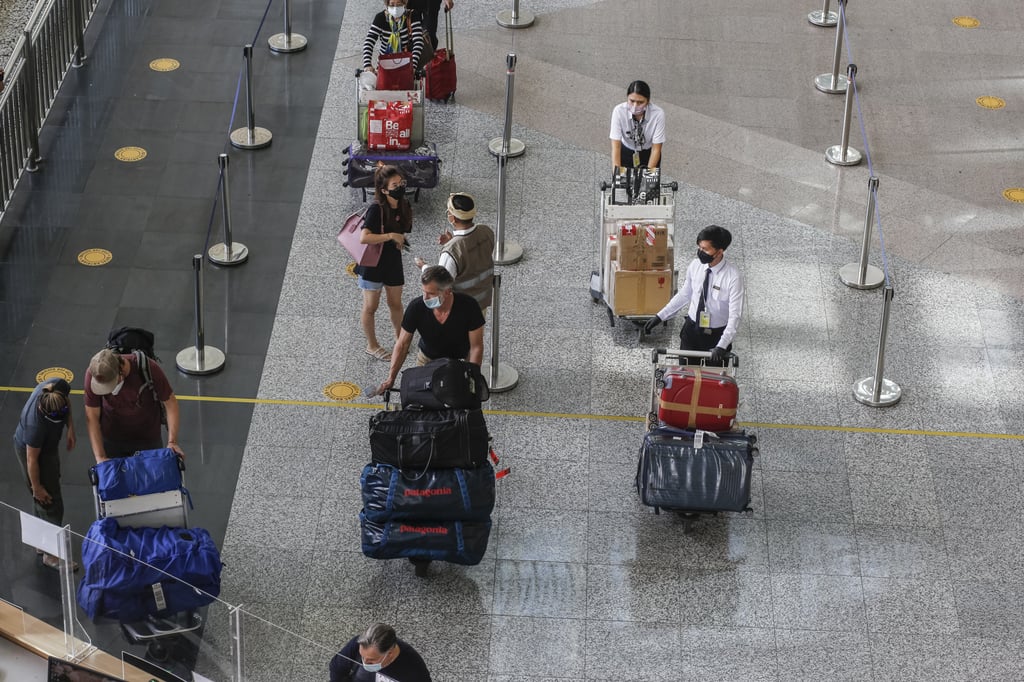Bali is open again but visa-on-arrival costs, ‘typically Indonesian’ confusion and multiple tests delay the recovery of tourism
- International tourists must book three nights in specific hotels and take three PCR tests. Those from the first 23 countries allowed visas-on-arrival must now pay for them
- While it is clear the Indonesian island’s tourism industry will recover, the current arrival process has been criticised for being too confusing and vague

In 2015, in a bid to boost tourism, Indonesia added Australia, China, Japan, South Korea and Russia to the list of countries for which the US$25 fee for visa-on-arrival was waived.
“The potential loss will be US$11 million,” then tourism minister Arief Yahya said, adding that the projected additional 450,000 foreign tourists would earn the state an extra US$540 million.
The trick worked. Within two months, tourism arrivals had increased 16 per cent, compared with only 3 per cent over the previous three months. A study on the impact of visa-free entry in Indonesia by Japan’s Hiroshima University the following year confirmed the result, saying “the new visa policy can significantly boost the number of tourist arrivals”.

Considering the hammering Bali’s economy has suffered over the past two past years and the whopping 41 per cent unemployment rate, according to data by Statista, the reintroduction appears counterproductive.